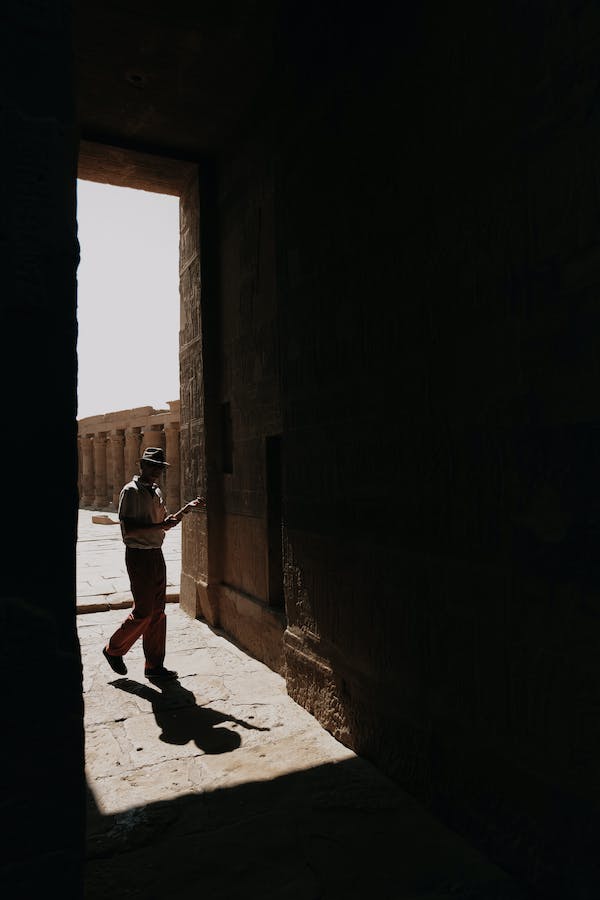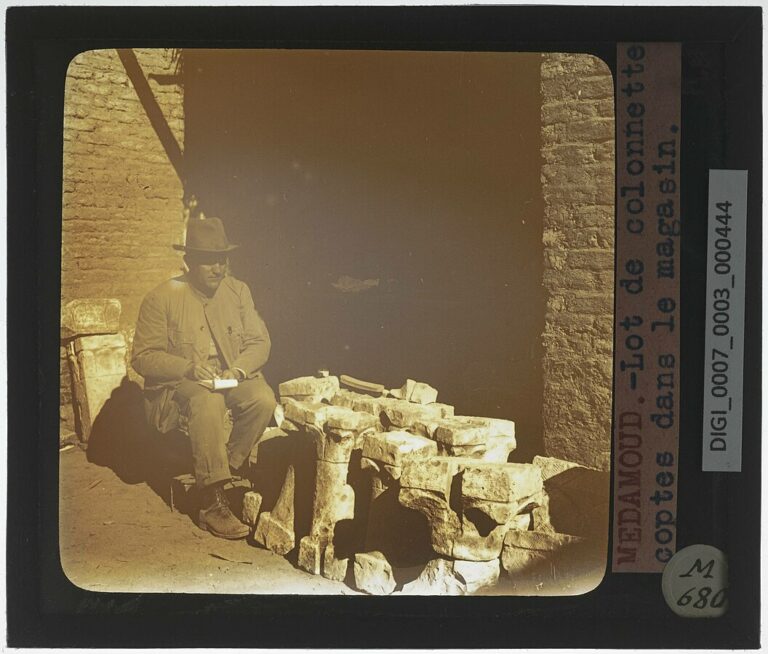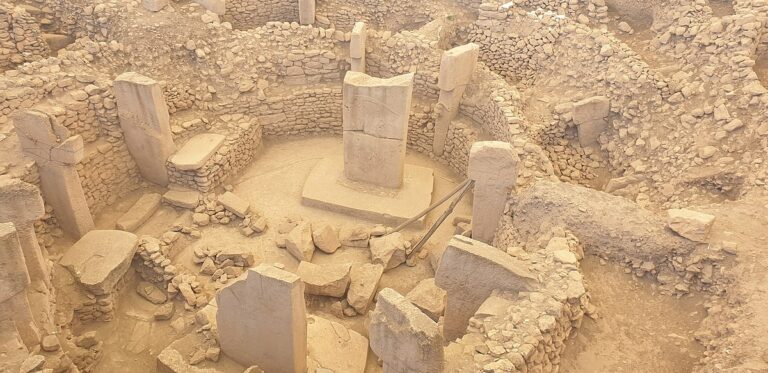The Alchemical Secrets of The Ripley Scroll
Unlocking Alchemical Mysteries from the Past
In the shadowed recesses of the world’s great archives are manuscripts and scrolls that challenge our perceptions, beckoning us into the labyrinth of history. One such artifact, wrapped in layers of mystery and alchemical intrigue, is the Ripley Scroll. This elaborate parchment is not just a testament to the age-old quest for the Philosopher’s Stone but also a tantalizing puzzle waiting to be deciphered.
The Creation of the Scroll
Named after the 15th-century English alchemist Sir George Ripley, the Ripley Scroll is believed to have been created in the late 15th or early 16th century. Interestingly, while there’s one famous Ripley Scroll, there are 23 known variations of it scattered around the world, held in esteemed institutions such as the British Library and the Beinecke Rare Book & Manuscript Library at Yale.
The scrolls are large, with some measuring up to nearly six meters in length. Rich in detail and color, they are hand-painted on parchment or vellum. The imagery is densely symbolic, presenting a visually arresting blend of mythology, religion, and alchemical theory.
Diving into its Contents
The Ripley Scroll is a visual guide to the making of the Philosopher’s Stone – the legendary substance believed to turn base metals into gold and offer its possessor eternal life. To the uninitiated, the scroll seems like a chaotic melee of strange beasts, bubbling vessels, and enigmatic phrases. However, to the seasoned alchemist, each image and word is a piece of a grander puzzle.
One of the most prominent images on the scroll is that of the Green Lion devouring the Sun, a potent symbol representing the dissolution of gold. Elsewhere, a toad stands fiercely, a symbol of base matter, while a dove, representing the spirit, descends upon it. The sequences are dense with emblematic representations, each holding a key to the transmutation process.
For a closer look at this scroll, visit Google Arts & Culture.
The Purpose Beyond the Parchment
The scroll serves as more than just an instructional manual for alchemy. At its core, it is a spiritual and philosophical text, illuminating the journey of the soul and the transformation of the self. In an age when alchemy was as much about spiritual enlightenment as it was about chrysopoeia (the making of gold), the Ripley Scroll stands as a testament to the intertwining of science, spirituality, and art.
There is an argument to be made that the scroll’s very obscurity was intentional. Alchemists often spoke in coded language, protecting their secrets from the uninitiated. In the same vein, the Ripley Scroll’s intricate designs and cryptic verses ensured that only those truly dedicated to the alchemical arts could decipher its truths.
Where Science and magic intertwine
The Ripley Scroll, with its enigmatic imagery and profound symbolism, invites us into the world of medieval alchemy, where the boundaries between science, magic, and mysticism were fluid. As researchers continue to analyze its intricate designs and decrypt its layered meanings, the scroll continues to mesmerize and challenge us.
It is a reminder that, often, the most profound truths are hidden not in the straightforward narratives but in the winding alleys of mystery and wonder. The quest to unravel the secrets of the Ripley Scroll is, in many ways, reminiscent of the alchemical journey itself: full of challenges, but with the promise of gold at its end.
The Ripley Scroll
“Fun Fact: While the Ripley Scroll offers detailed insights into alchemical processes, Sir George Ripley himself wrote a poem called “The Compound of Alchemy,” which aimed to outline the 12 gates or steps of alchemy. So if the scroll seems too cryptic, perhaps medieval poetry can provide a clearer path to the Philosopher’s Stone!”
If mysterious pieces of parchment pique your curiosity, delve into our article on the Voynich manuscript by tapping the button below!












